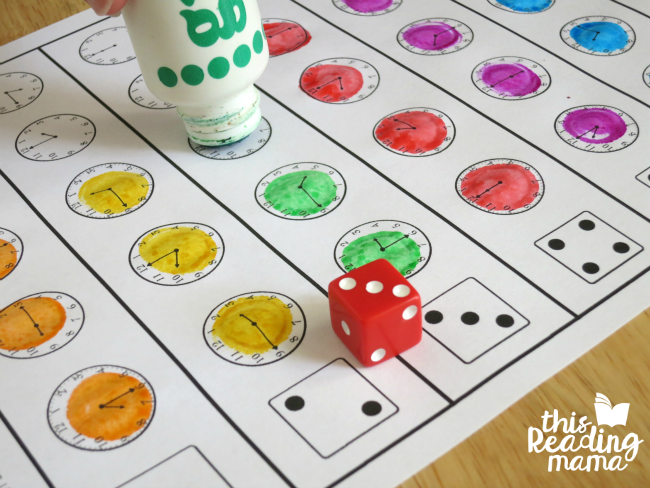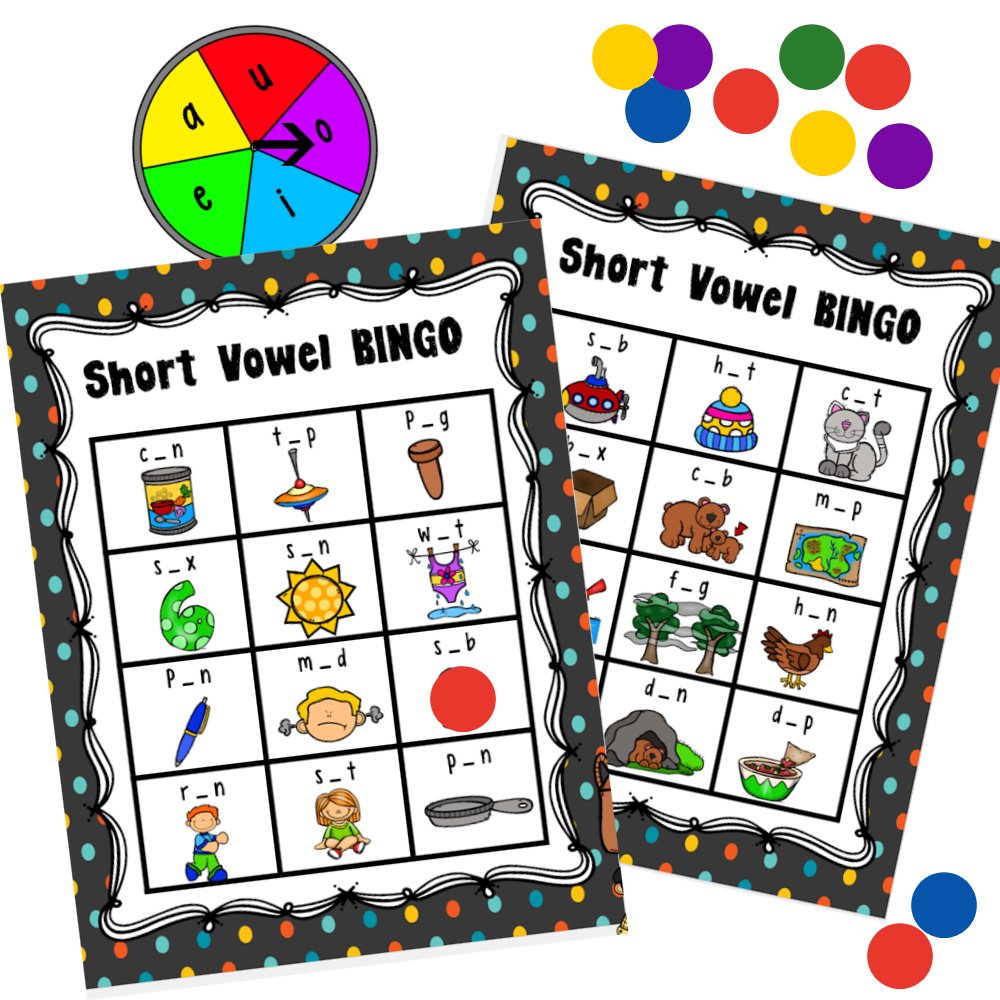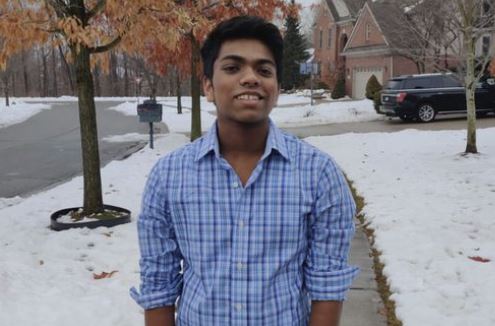
Princeton High school is a comprehensive, four-year public highschool located in Princeton. It is located in Princeton, New Jersey and serves all students of Princeton's public schools. The Middle States Association of Colleges and Schools accredited the school. The school offers many extracurricular activities and has a high college readiness score.
Student body
Princeton High School is an all-inclusive public four-year high school in Princeton. It is part the Princeton Public Schools District and serves all city public school students. It is home both current students and incoming freshmen.
Princeton has enjoyed great success with debate teams in both the National Speech and Debate Association and National Catholic Forensic League. Princeton's debate teams compete in all three major High School Debate formats: Lincoln Douglas, Public Forum, Congressional Debate and Lincoln Douglas. Some debaters have gone on to qualify for national tournaments, including the NSDA's Tournament of Champions.
Extracurricular activities
Princeton High School offers a wide variety of extracurricular activities to its students. These activities are focused on academics, community service and sports. Students can participate in a choir, dance class, National Honor Society, model UN, and intramural sports leagues. Students can also play ultimate frisbee or basketball.

Princeton High School forms part of the Princeton Independent school District. It is a high school for public students that is part of the UIL. Texas Education Agency classifies the school as a school of 5A. Princeton High School will compete for the 5A designation starting in Fall 2018. The school will split into two schools, Princeton High School & Lovelady High School, in 2022 / 2023.
College readiness rating
The Department of Education recently released a College Readiness Rating for Princeton High School. The rating is based a variety measures including grade point averages, achievement tests scores, and coursework necessary to gain admission at a four–year university. These measures do little to account for important elements such as the student climate and participation within extracurricular activities. Additionally, the DOE ranking doesn't take into consideration the high proportion of international students who attend the school.
This data is based only on the most recent graduating class from the school. College-ready students are those who have completed at minimum three hours of college-level coursework and earned a college diploma or certificate. The data are also based primarily on the graduation rates and the rates at which free and reduced-price meal programs are offered.
Average SAT score
Princeton High School boasts a high average SAT Score. The ideal score is 1600. Students at the prestigious school can achieve this goal by scoring 1440 or more. This score is sufficient to gain admission to most top schools in the country, including Ivy League ones.
Princeton was ranked number three in the state this year for the average SAT score. Its average score was 28 points higher than the 2001-02 average. This score is based a test taken in 100 percent of school students and 73 per cent of state students. Millburn High School and Montgomery High School were the top two schools, with Princeton High ranking third.

Average salary for a teacher
The average teacher's salary at Princeton High School was $63,320 in 2020, more than the state's average. The school has 323 employees. The highest-paid teacher made $117,000 annually. On average, teachers at the school have 10.5 years experience. The average teacher's income is lower than the national average, but it is still higher than the national average.
The median salary for a teacher in New Jersey was $66,117 between 2016-17. According to the New Jersey Department of Education, salaries for other teachers range from $43,911 up to $105,650. However, Princeton's median teacher salary was $68,985 a year, an increase in 1.6 percent over the previous year.
FAQ
What is a vocational school?
Vocational schools are institutions offering programs designed for people who want to enter a specific occupation. They might also provide training in job-related skills and general education.
Vocational education plays an important role in our society, as it helps young adults develop the skills needed to succeed in everyday life. It makes sure that every student has access to high-quality educational opportunities.
A vocational school offers its students a range of options, including apprenticeships, certificates, diplomas, degrees, college transfer programs, and other postsecondary credentials. Vocational schools are able to teach both academic and vocational subjects such as maths, science, English, English, social studies and music.
What is homeschooling and how does it work?
The homeschooling method is where the parents educate their children at home. It is also known as private education, self-education, or home educating.
Families who wish to homeschool their children are well served by this option. This method allows children to receive a quality education from home.
They educate their children right from birth through high school. They choose the subjects they wish to study, and how long each subject should be studied. Each student learns all on their own.
Parents decide when to begin teaching their children. Many schools recommend children attend classes starting at the age of four or five. However, some families choose to wait to begin teaching their children until they reach kindergarten.
There are many resources parents can use to help them navigate the curriculum. Videos, books, websites, magazines, and even magazines can provide valuable lessons.
Many families find homeschooling works well for their busy schedules. The parents can spend more time together than traditional public school teachers.
What are some ways to get scholarships?
Scholarships can be granted to help cover college expenses. There are many types and types of scholarships. These are:
-
Federal Grants
-
State Grants
-
Student Loans
-
Work Study Programs
-
Financial Aid
Federal grants come directly to the U.S. Most federal grants require applicants fulfill certain requirements. Financial need is one example.
State grants can be offered by the individual states. These funds are offered by individual states based on financial need. Others offer money for specific purposes.
Banks and lending institutions offer student loans. Students usually borrow money to cover tuition and living costs.
Work-study programs are designed to encourage employers to hire qualified students. Employers must pay workers at least minimum wage.
Financial aid covers the majority or all of the tuition costs for low-income families.
How long does it usually take to become a early childhood teacher?
The bachelor's degree program in early childhood education takes four years. You will spend two years taking general education courses required by most universities.
After completing your undergraduate studies, you will usually enroll in graduate school. This step allows for you to specialize in one area of study.
For example you could focus on child psychology, or learning disabilities. After completing your master's you will need to apply to a teacher training program.
This process can take many years. To gain practical knowledge, you will partner with experienced educators.
Finally, before you can begin teaching, you need to pass the state exams.
This process is lengthy and you will not be able instantly to enter the workforce.
Statistics
- In most developed countries, a high proportion of the population (up to 50%) now enters higher education at some time in their lives. (en.wikipedia.org)
- They are also 25% more likely to graduate from high school and have higher math and reading scores, with fewer behavioral problems,” according to research at the University of Tennessee. (habitatbroward.org)
- They are more likely to graduate high school (25%) and finish college (116%). (habitatbroward.org)
- “Children of homeowners are 116% more likely to graduate from college than children of renters of the same age, race, and income. (habitatbroward.org)
- And, within ten years of graduation, 44.1 percent of 1993 humanities graduates had written to public officials, compared to 30.1 percent of STEM majors. (bostonreview.net)
External Links
How To
What is vocational Education?
Vocational Education prepares students for work by giving them skills that are required for a specific job, such as welding. It also includes on-the-job training in apprenticeship programs. Vocational education differs from general education because it focuses on preparing individuals for specific careers rather than learning broad knowledge for future use. Vocational training is not designed to prepare individuals for university but rather to assist them in finding jobs upon graduation.
Vocational education can be offered at any level of schooling: primary, secondary, college, university, technical institutes and trade schools. You can also find specialized schools such a culinary arts school, nursing school, law school, medical schools or dental schools. Many of these provide both academic instruction and practical experience.
A number of countries have made significant investments in vocational education over recent decades; for example, Australia, Denmark, Finland, Germany, Ireland, Japan, Luxembourg, New Zealand, Norway, Poland, Sweden, Switzerland, the United Kingdom, and the United States. However, the effectiveness of vocational education remains controversial. Some argue it doesn't improve students' employability, while others argue it prepares them for the future.
According to the U.S. Bureau of Labor Statistics (47% of American adults are currently holding a postsecondary certificate/degree related to their current job), this figure is higher among those with more education. This percentage is higher among those with higher education. 71% percent of the 25-29 year olds with a bachelor's degree are currently working in fields that require postsecondary credentials.
According to the BLS, nearly half of America's adult population held at least one postsecondary credential in 2012. About one-third of Americans held a two-year associate degree, while about 10 percent held a four-year bachelor's degree. One in five Americans has a master's or doctorate.
In 2013, the median annual wage for persons holding a bachelor's degree was $50,900, compared to $23,800 for those without a degree. For those with advanced degrees, the median wage was $81,300.
For those who did not complete high school, the median wage was only $15,200. Earn $13,000 per annum for those with less high school diplomas.